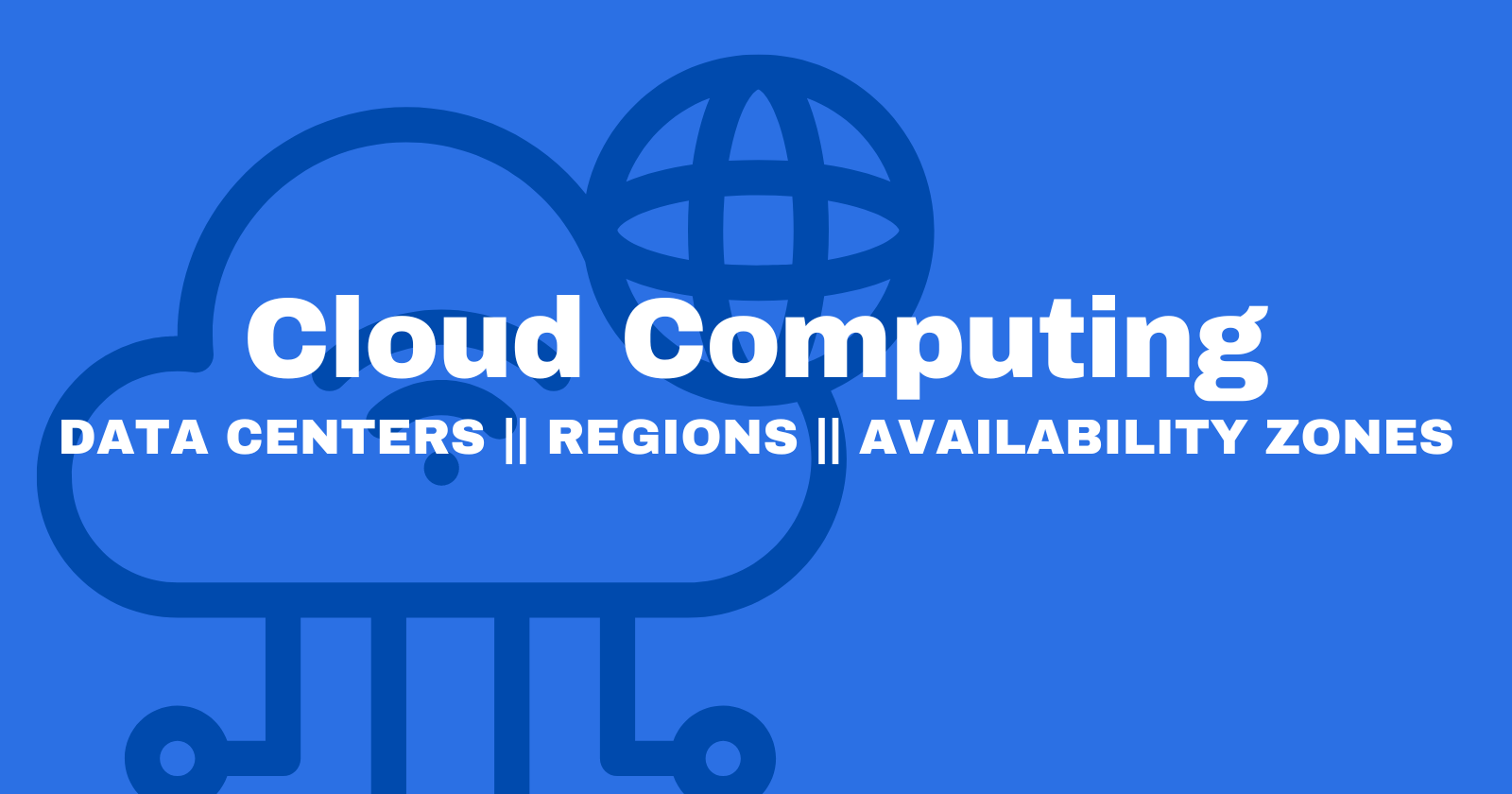Azure Infrastructure: Data Centers, Regions, and Availability Zones
 Jaykumar Mandaviya
Jaykumar Mandaviya
In this blog, we will cover key topics like data center fundamentals, region distribution, and the significance of geographies. The focus is on understanding how these components benefit your applications and how to strategically use them.
Data Centers and Regions
When you use Azure services, they operate on a physical infrastructure called data centers.
These data centers are the building blocks of Azure's global infrastructure. Regions, on the other hand, are groups of connected data centers with high-throughput internet connectivity.
Microsoft has numerous regions globally, allowing you to choose the best location for your applications.
Choosing the Right Region
Selecting a region is crucial. The closer you are to your clients, the lower the latency. Microsoft offers tools like Azure Speed Test and Products Available by Region to help you make informed decisions based on latency and service availability.
Availability Zones
To enhance reliability, Azure introduces Availability Zones, grouping physically separate facilities within a region. These zones protect against data center failures, providing options for both zonal and zone-redundant services.
Zonal Services vs. Zone-Redundant Services
Zonal services, like virtual machines, let you deploy across specific availability zones. Zone-redundant services, such as SQL databases and storage accounts, automatically replicate data across multiple zones, ensuring redundancy in case of failures.
Region Pairs and Geographies
Microsoft offers region pairs, ensuring resilience by pairing regions at least 300 miles apart. Updates are strategically rolled out across pairs, minimizing the impact on your applications.
All regions and region pairs belong to specific geographies, ensuring data residency, sovereignty, and compliance.
Benefits of Region Pairs
Region pairs not only protect against disasters but also provide fault tolerance. They are strategically chosen to maintain high-speed connectivity while avoiding simultaneous failures due to natural disasters.
Geographical Groupings
All regions and region pairs are grouped into geographies like America, Europe, Asia Pacific, Middle East, and Africa. Geographies serve to meet data-level requirements and protect against region-wide failures.
In conclusion, choosing the right Azure region, understanding availability zones, leveraging region pairs, and considering geographies are pivotal decisions for any Azure developer or architect.
Subscribe to my newsletter
Read articles from Jaykumar Mandaviya directly inside your inbox. Subscribe to the newsletter, and don't miss out.
Written by
